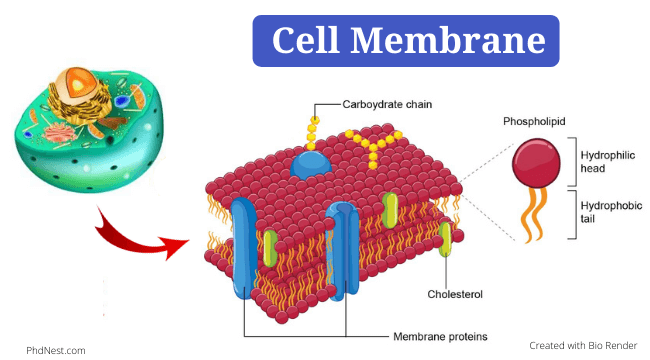The cell membrane, also known as the plasma membrane, is a crucial component of all living cells. It serves as a protective barrier that surrounds the cell, separating its internal environment from the external environment. The structure and function of the cell membrane are essential to the survival and function of the cell. In this blog, we will explore the key features of the cell membrane, including its composition and function, and highlight the importance of BM-SLMCR membrane module.

Composition of the Cell Membrane
The cell membrane is composed of a phospholipid bilayer, which is made up of two layers of phospholipid molecules. These molecules consist of a hydrophilic (water-loving) head and a hydrophobic (water-fearing) tail. The hydrophilic heads face outwards towards the water-based environments, while the hydrophobic tails are oriented inwards towards each other, creating a nonpolar environment in the center of the membrane. This lipid bilayer is also interspersed with proteins, which serve a variety of functions such as transport, signal transduction, and structural support.
Function of the Cell Membrane
The primary function of the cell membrane is to regulate the movement of materials in and out of the cell. This is achieved through the selective permeability of the membrane, which allows only certain molecules to pass through. Small, nonpolar molecules such as oxygen and carbon dioxide can diffuse across the membrane freely, while larger or charged molecules require the assistance of transport proteins to move across. The cell membrane also plays a crucial role in cell signaling, allowing cells to communicate with each other and respond to their environment.
BM-SLMCR Membrane Module
The BM-SLMCR membrane module is a specialized membrane separation technology that is designed to facilitate the separation and purification of biomolecules. This membrane module is particularly useful for separating proteins, peptides, and nucleotides, and is commonly used in biopharmaceutical and biotechnology applications. The module consists of a thin, porous membrane that selectively allows certain molecules to pass through, based on their size and charge. The BM-SLMCR membrane module is highly efficient and can be used in a variety of industrial and research settings, making it a valuable tool for the purification of biomolecules.
Conclusion
The cell membrane is a critical component of cellular function, regulating the movement of materials in and out of the cell, and facilitating cell signaling. The composition and function of the cell membrane are key to the survival and function of the cell, and specialized membrane separation technologies such as the BM-SLMCR membrane module have become increasingly important in biopharmaceutical and biotechnology applications. By understanding the role of the cell membrane and the importance of specialized membrane separation technologies, we can continue to advance our understanding of cellular function and develop innovative approaches to bioprocessing.
